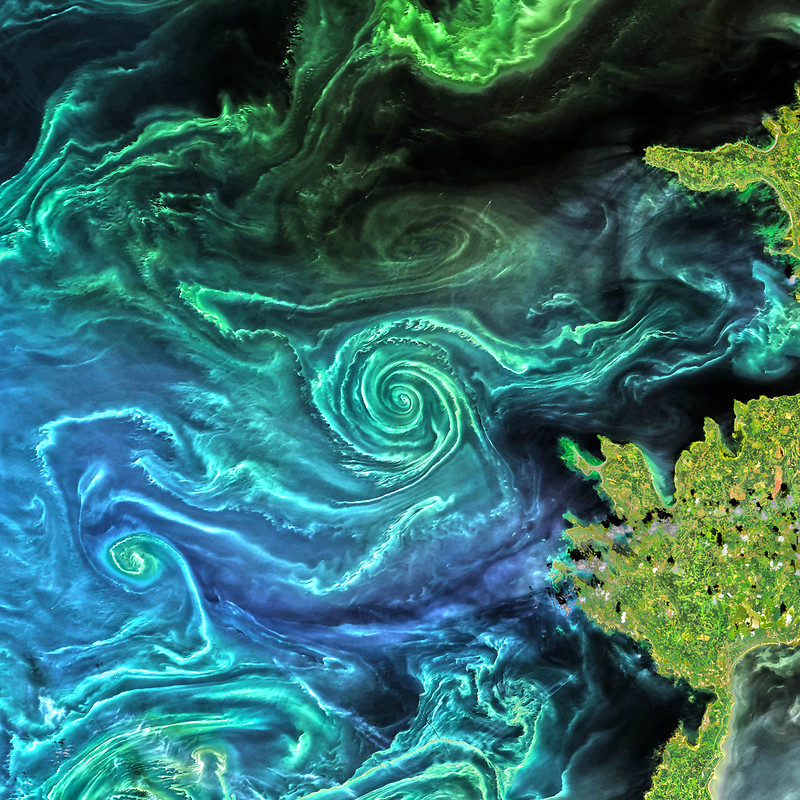Deep in the world’s oceans thrives a photosynthetic powerhouse you can’t even see. The tiny microbe Prochlorococcus, world’s smallest Phytoplankton, measures just 0.6 micrometers wide—half the size of the thinnest human hair. Yet this unassuming organism pulls off an astounding chemical feat: producing up to 80% of the oxygen in Earth’s atmosphere.
For a species so small 20,000 can fit in a raindrop, Prochlorococcus has an outsized impact on life as we know it. Along with other marine phytoplankton, these microscopic plants turn carbon dioxide into oxygen through photosynthesis, all while floating in sunlit ocean surface waters.
Phytoplankton may be tiny, but they produce up to 80% of the air we breathe. That makes them more vital to life on Earth than even rainforests. So take a deep breath next time you’re at the beach—those might be Prochlorococcus microbes filling your lungs with fresh oxygen.
The Tiniest Photosynthesizer
First discovered in 1988 near Australia, Prochlorococcus wasn’t identified as a unique lifeform until the 1990s. Scientists soon realized this species plays an integral role in marine ecosystems and Earth’s climate.
What makes Prochlorococcus special is its ability to photosynthesize despite microscopic proportions. Most phytoplankton measure between 2 to 200 micrometers—still tiny, but up to 300 times bigger than Prochlorococcus.
Yet this mighty microbe has evolved highly efficient photosynthetic machinery packed in a miniscule cell. And Prochlorococcus is abundant, with some estimates suggesting it’s the most plentiful photosynthetic organism on the planet.
This abundant, efficient photosynthesis is why Prochlorococcus contributes so substantially to global oxygen production. Scientists estimate Prochlorococcus populations can produce around 100 billion kilograms of oxygen daily—equivalent to the output of over 400 million acres of forest. Now that’s a lot of breathing room courtesy of a microbe smaller than a dust speck!
An Oceanic Carbon Sponge
Besides providing the air we breathe, Prochlorococcus also helps slow global warming by absorbing carbon dioxide from the atmosphere.
As phytoplankton like Prochlorococcus photosynthesize, they absorb carbon dioxide dissolved in seawater. When the phytoplankton eventually die, some sink to the ocean floor taking that carbon with them. This natural oceanic “carbon sink” sequesters around 40% of the CO2 produced by human activities.
That’s equivalent to the carbon four Amazon rainforests would absorb! So Prochlorococcus’ role in mitigating climate change is no small feat.
Scientists are just beginning to unravel the environmental impacts of diminutive ocean organisms like Prochlorococcus. But it’s clear that life as we know it depends on these tiny phytoplankton floating in the sea. Prochlorococcus’ enormous planetary benefits reveal that sometimes, the most unassuming lifeforms make all the difference.
So next time you stop to admire the ocean, take an extra moment to thank the microbes smaller than specks of dust that create the air we breathe.

